Toxic Algae Bloom Devastates Over 200 Marine Species in South Australia
A massive and prolonged algal bloom off the South Australian coast has killed more than 200 marine species, with experts calling it "a horror movie for fish."A deadly algal bloom stretching across approximately 4,500 square kilometers — about the size of Kangaroo Island — has devastated marine life off South Australia's coast since March. The phenomenon, described by conservationists as "a horror movie for fish," has killed more than 200 species, from tiny juvenile fish to large sharks.
Dr. Vanessa Pirotta, a wildlife scientist, called the bloom "unprecedented" due to its relentless expansion. “The bloom has continued to build and build, which we’ve not seen on this scale before,” she said.
These algal blooms occur when algae populations surge in response to environmental factors. In this case, scientists attribute the event to a prolonged marine heatwave, which has seen sea temperatures rise 2.5°C above normal since September. Continued unseasonably warm conditions since March have fueled the bloom’s size and duration.
The toxic algae produce harmful compounds that effectively act as a "poisonous blanket," suffocating marine life by depleting oxygen levels in the water and damaging gills and tissues. Brad Martin, SA project manager for OzFish, explained, “The toxins attack red blood cells, causing gill and tissue damage. The fish are essentially suffocating.”
While algal blooms aren’t unusual in Australia, the severity and scale of this one is rare. The impact has been visibly shocking, with large numbers of dead fish, rays, and sharks — many showing signs of internal bleeding — washing up on beaches. A three-metre great white shark is among the most notable casualties.
Reef-dwelling species such as pufferfish and crabs have been particularly affected, as they are less mobile and unable to escape the toxic water. The high density of the bloom has stripped oxygen from the environment, further compounding the crisis for marine species.
Although the algae do not pose significant risks to humans, exposure to high concentrations can cause skin irritation and respiratory symptoms like coughing and breathing difficulties. The South Australian government has urged the public to avoid swimming in areas where the water appears discolored or foamy.
The bloom has also begun to impact human industries and communities. Some commercial fisheries have proactively closed off harvest zones, and coastal tourism has suffered as beaches fill with the bodies of dead marine creatures.
The last comparable bloom in South Australia occurred in 2014, but experts say this current event is much more extensive. Government agencies and marine researchers are continuing to track the bloom as it drifts westward, trying to assess long-term damage and implications for marine ecosystems.
“This isn’t just a local issue,” Martin warned. “It’s a wake-up call about the wider environmental changes affecting our oceans.”

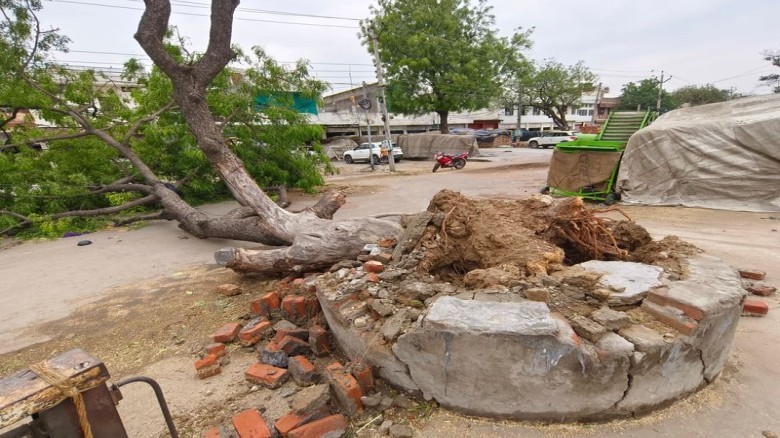

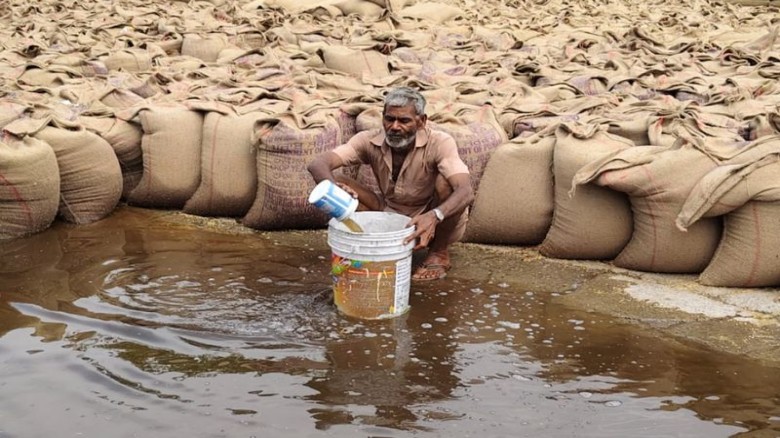

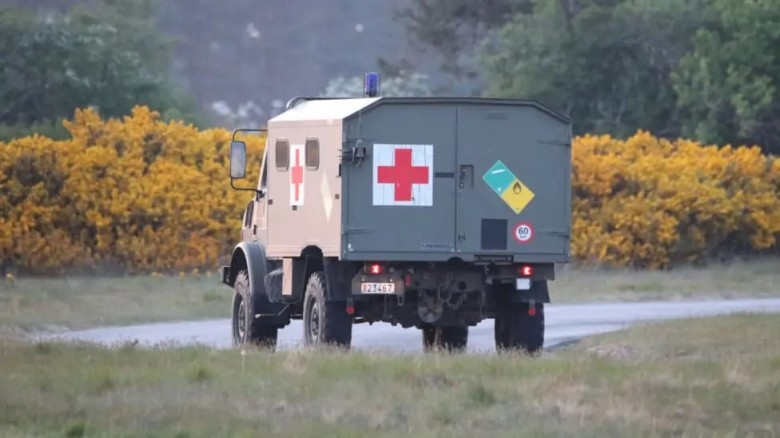







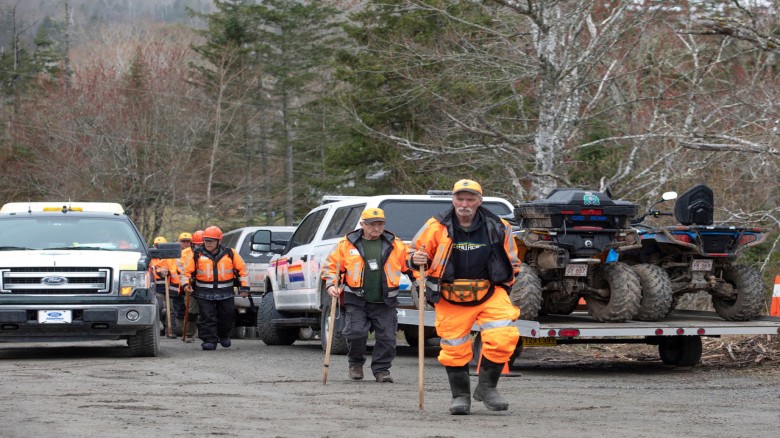



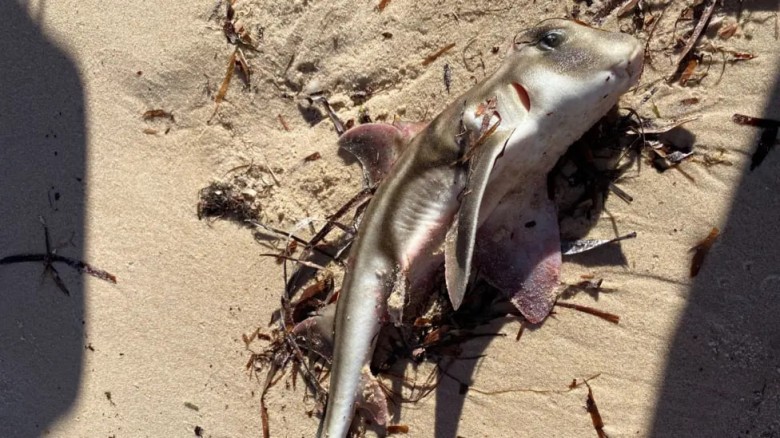







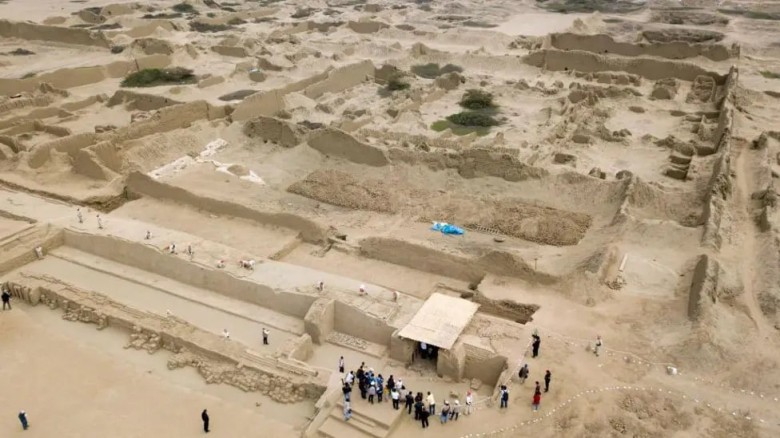

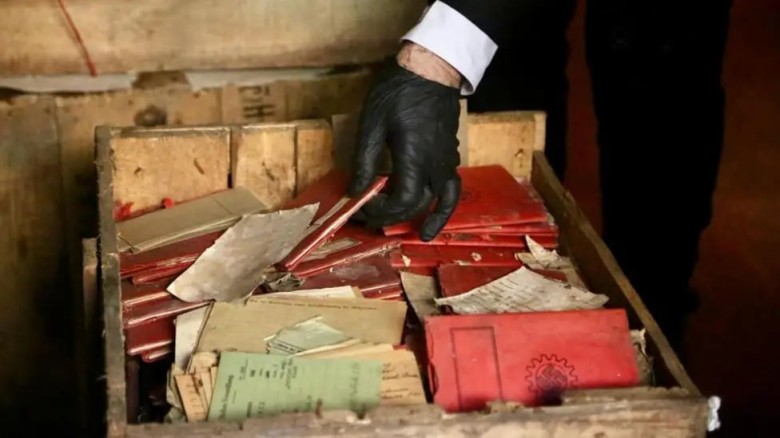
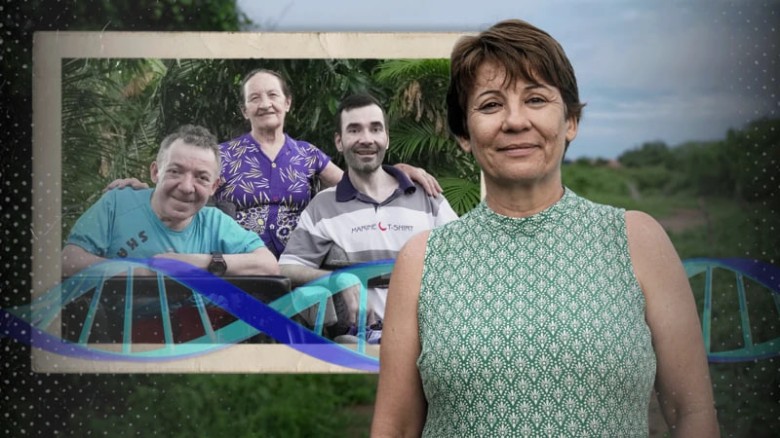

















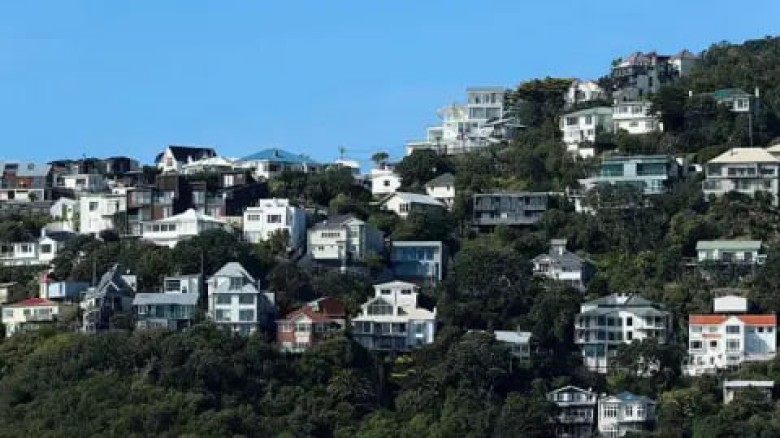
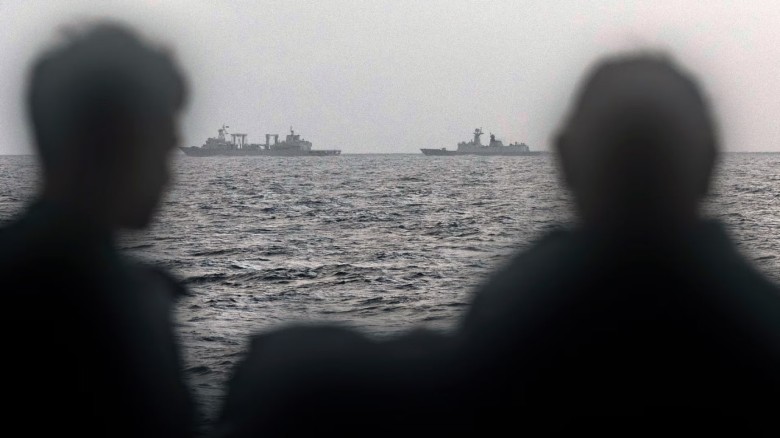
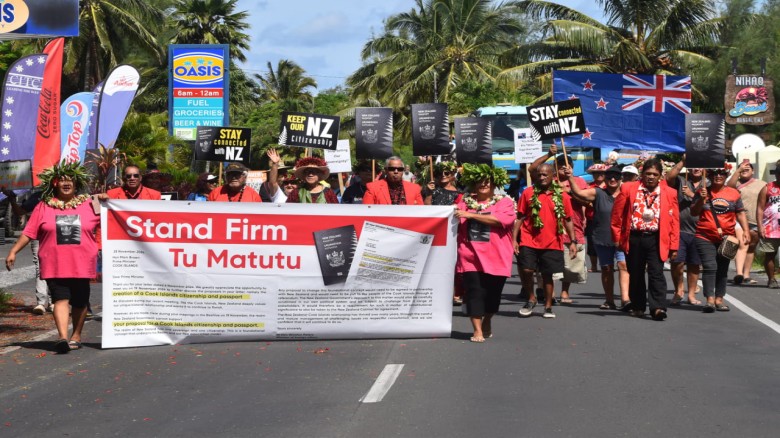



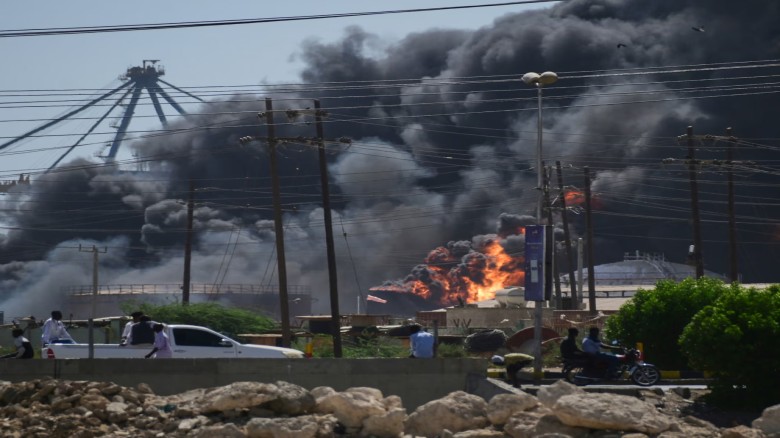

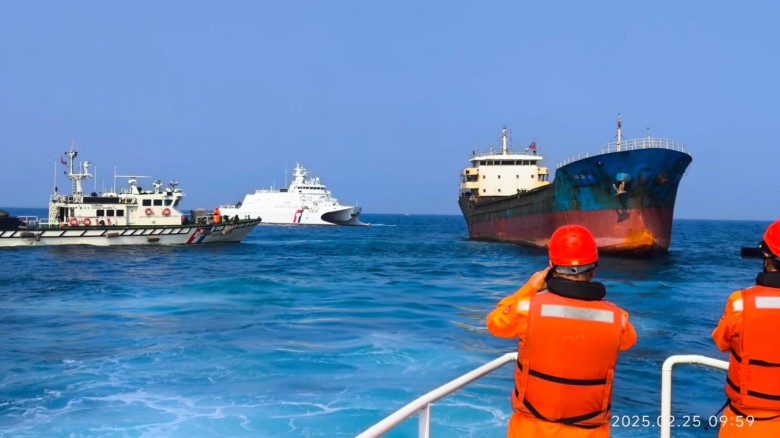
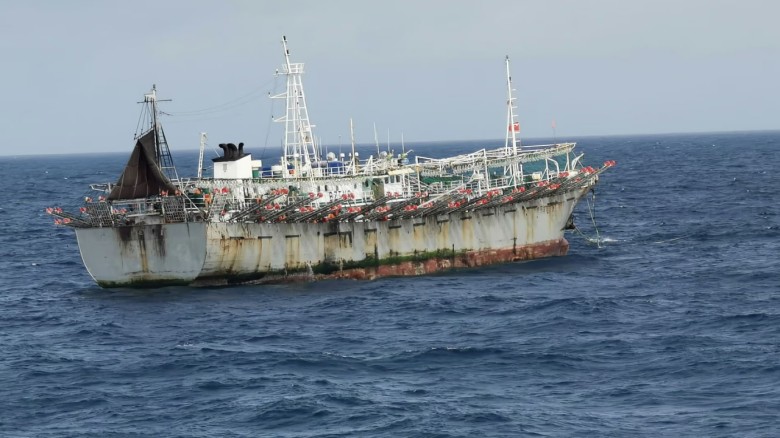
















Leave A Comment